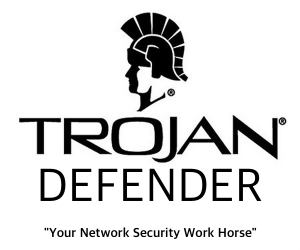Macvlan vs Ipvlan
I’ve covered macvlans in the Bridge vs Macvlan post. If you are new to macvlan concept, go ahead and read it first.
Macvlan
To recap: Macvlan allows you to configure sub-interfaces (also termed slave devices) of a parent, physical Ethernet interface (also termed upper device), each with its own unique MAC address, and consequently its own IP address. Applications, VMs and containers can then bind to a specific sub-interface to connect directly to the physical network, using their own MAC and IP address.

Macvlan is a near-ideal solution to natively connect VMs and containers to a physical network, but it has its shortcomings:
- The switch the host is connected to may have a policy that limits the number of different MAC addresses on a physical port. Although you should really work with your network administrator to change the policy, there are times when this might not be possible (or you just need to set up a quick PoC).
- Many NICs have a limit on the number of MAC addresses they support in hardware. Exceeding the limit may affect the performance.
- IEEE 802.11 doesn’t like multiple MAC addresses on a single client. It is likely macvlan sub-interfaces will be blocked Continue reading


 It's selling the unit for less than it paid for it.
It's selling the unit for less than it paid for it. Ecomp would be the mother of SDN open source groups.
Ecomp would be the mother of SDN open source groups.

 Network assurance saves you time, money and keeps you away from implementation sweats. Learn more with CA Technologies' Tim Diep.
Network assurance saves you time, money and keeps you away from implementation sweats. Learn more with CA Technologies' Tim Diep.